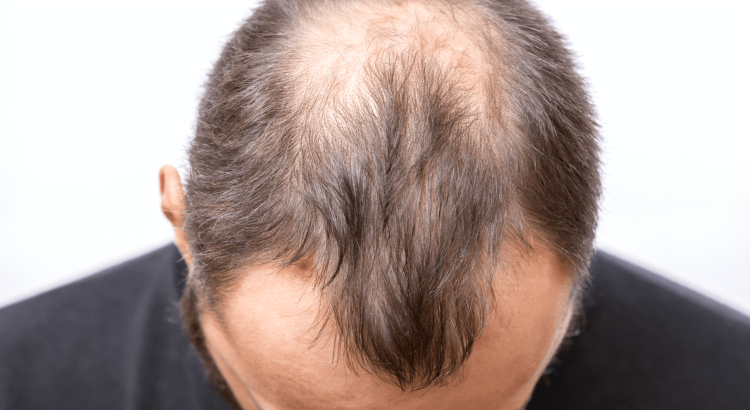Contents;
What Is Hair Transplantation And How Does It Work?
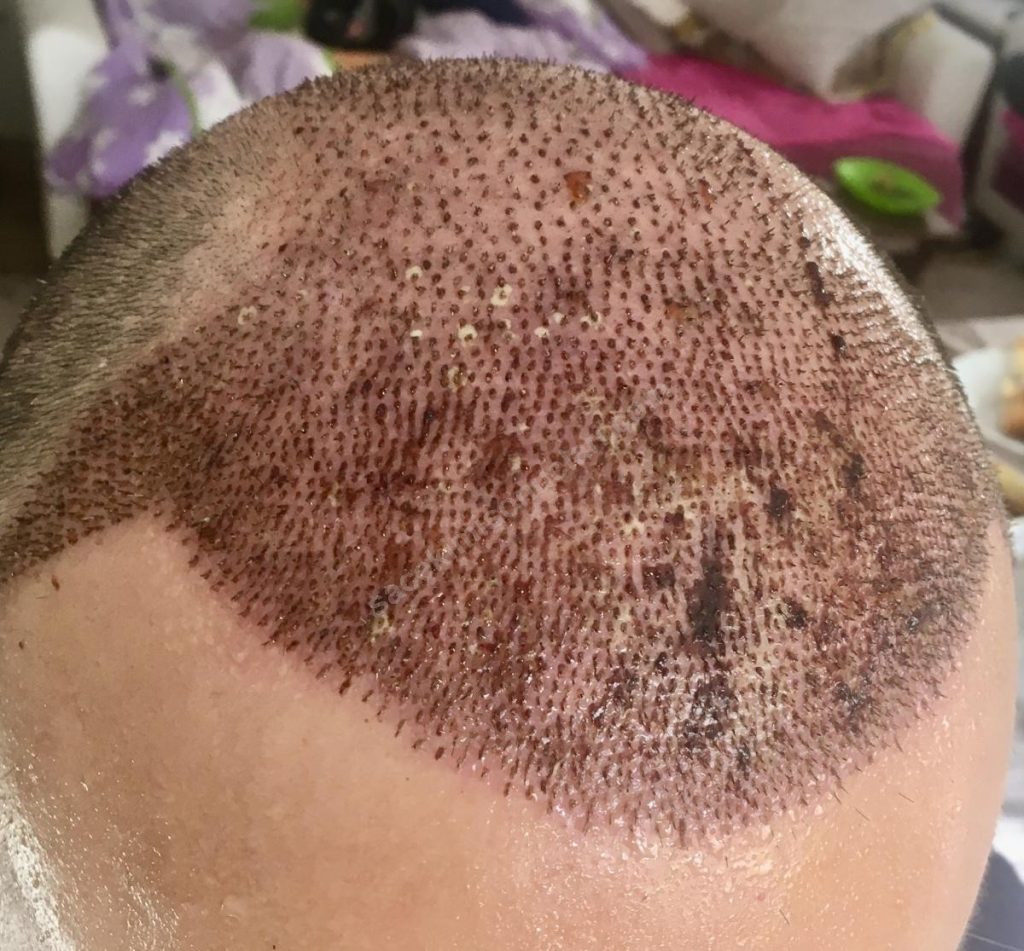
Hair transplantation is a surgical procedure that involves removing hair follicles from one part of the body, known as the donor site, and implanting them into another part of the body, known as the recipient site. This procedure is primarily performed to treat male pattern baldness, but it can also be used to restore hair in other areas of the body such as the eyebrows, eyelashes, and beard.
The process of hair transplantation starts with a consultation with a hair transplant surgeon, who will evaluate the patient’s hair loss and determine if they are a suitable candidate for the procedure. During the procedure, the surgeon will use either the follicular unit transplantation (FUT) or the follicular unit extraction (FUE) technique to harvest the hair follicles from the donor site. FUT involves removing a strip of scalp from the donor area, while FUE involves extracting individual hair follicles using a specialized tool.
Once the hair follicles have been harvested, the surgeon will carefully implant them into the recipient site. This is done by creating tiny incisions in the scalp and placing the follicles into these incisions. The surgeon will strategically place the follicles to achieve a natural-looking hairline and dense coverage. The implanted hair follicles will then take root and start to grow within a few months, resulting in new hair growth.
- Hair transplantation is a popular hair restoration procedure that can help individuals regain their confidence and improve their appearance. It is important to note that hair transplantation is a surgical procedure and, therefore, carries some risks and potential complications. It is essential to thoroughly research and choose a reputable and experienced hair transplant surgeon to minimize the risks associated with the procedure.
| FAQs About Hair Transplantation |
|---|
| Q: Is hair transplantation a permanent solution for hair loss? |
| A: Yes, hair transplantation can provide permanent results. The transplanted hair follicles are typically resistant to the hormone responsible for causing hair loss, which means that the transplanted hair will continue to grow for a lifetime. |
| Q: How long does it take for the transplanted hair to start growing? |
| A: The transplanted hair follicles will go through a dormant phase for a few weeks after the procedure. After this initial phase, the transplanted hair will start to grow within 3-4 months. The full results of the transplantation can be seen after 9-12 months. |
| Q: What is the recovery process like after a hair transplantation? |
| A: The recovery process after a hair transplantation can vary from person to person. However, most individuals can expect some swelling, redness, and scabbing in the recipient area for a few days following the procedure. It is important to follow the post-operative instructions provided by the surgeon to ensure proper healing and minimize the risk of complications. |
Who Is A Suitable Candidate For Hair Transplantation?
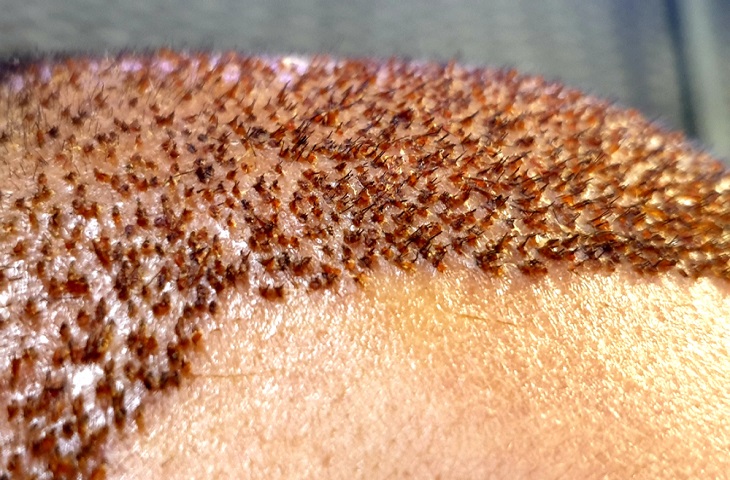
When it comes to hair transplantation, not everyone is an ideal candidate for the procedure. Hair transplantation is typically recommended for individuals who have experienced significant hair loss or thinning and have enough donor hair to transplant. Suitable candidates for hair transplantation usually have stable and healthy hair follicles on the back or sides of the scalp, known as the donor area. This is because hair follicles in these areas are genetically resistant to DHT, the hormone responsible for hair loss.
In addition to having enough donor hair, suitable candidates for hair transplantation should also be in good overall health. Similar to any surgical procedure, hair transplantation requires the patient to be in good physical condition to ensure proper healing and minimize the risk of complications. Individuals with medical conditions such as uncontrolled diabetes, heart disease, or bleeding disorders may not be suitable candidates for hair transplantation.
Furthermore, it is important for suitable candidates to have realistic expectations and a positive mindset. Hair transplantation can significantly improve the appearance and self-confidence of individuals with hair loss, but it is not a magical solution that can restore a full head of hair overnight. Candidates should understand that the procedure takes time to yield noticeable results and that multiple sessions may be necessary to achieve the desired outcome. Consulting with a qualified hair transplantation specialist can help determine if an individual is a suitable candidate for the procedure.
What Are The Different Techniques Of Hair Transplantation?
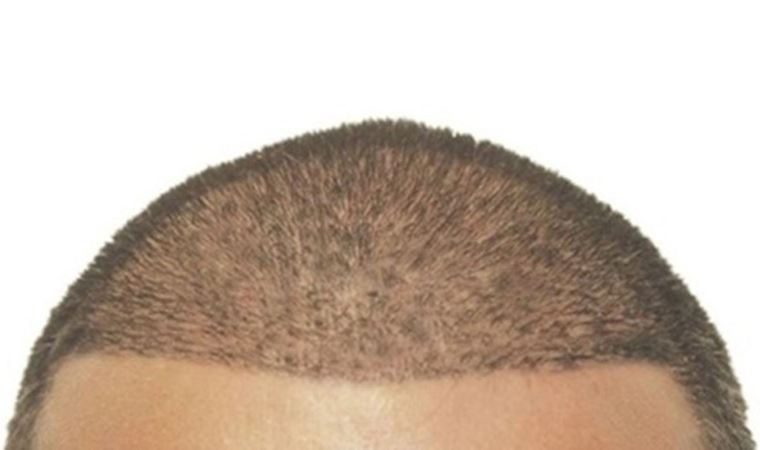
When it comes to hair transplantation, there are several different techniques that can be used depending on the individual’s needs and preferences. These techniques have evolved over time, with advancements in technology and expertise. In this blog post, we will explore some of the most commonly used techniques in hair transplantation.
The first technique we will discuss is follicular unit transplantation (FUT), also known as strip harvesting. In this technique, a strip of scalp containing hair follicles is surgically removed from the donor area, usually the back or sides of the head. The strip is then divided into small grafts, each containing one to four hair follicles, which are then transplanted into the recipient area. FUT is known for its high success rate and can achieve natural-looking results.
Another technique that is commonly used is follicular unit extraction (FUE). Unlike FUT, FUE does not involve the removal of a strip of scalp. Instead, individual hair follicles are extracted directly from the donor area using a tiny punch tool. These follicles are then transplanted into the recipient area, creating a natural hairline and density. FUE is a minimally invasive technique and leaves tiny scars that are virtually undetectable.
One more technique worth mentioning is robotic hair transplantation. This advanced technique uses robotic technology to assist the surgeon in performing the hair transplantation procedure. Using a computer-guided system, the robot extracts hair follicles from the donor area and implants them into the recipient area with precision. Robotic hair transplantation allows for greater accuracy and efficiency, resulting in natural-looking and long-lasting results.
How Long Does A Hair Transplantation Procedure Take?
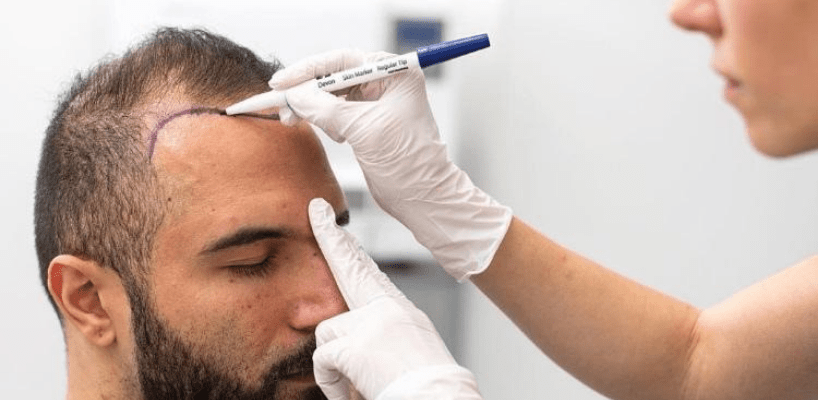
A hair transplantation procedure is a surgical method used to treat hair loss or baldness by moving hair follicles from one part of the body (called the donor site) to the bald or thinning area of the scalp (called the recipient site). This procedure is performed under local anesthesia and has gained popularity due to its effectiveness in restoring hair growth and improving a person’s appearance and self-confidence. However, one common question that arises is, “how long does a hair transplantation procedure actually take?”
The duration of a hair transplantation procedure can vary depending on several factors, including the extent of hair loss, the technique used, and the number of grafts required. In general, a typical hair transplantation procedure can range anywhere from 4 to 8 hours. However, in some cases, it may take longer if a larger area needs to be covered or if the patient desires a more dense hairline.
The procedure involves several steps, including the extraction of hair follicles from the donor site, preparation of the recipient site, and the transplantation of the grafts. The extraction process, known as follicular unit extraction (FUE), involves individually extracting hair follicles using a specialized punch tool. This process can be time-consuming, especially when a large number of grafts are required.
Once the hair follicles are extracted, they are carefully prepared and stored until the recipient site is ready. This involves separating the follicles into individual grafts, ensuring that they remain viable and intact. The recipient site is then prepared by creating tiny incisions or slits in the bald or thinning area, where the grafts will be placed.
Finally, the prepared grafts are meticulously transplanted into the recipient site, ensuring that the angle and direction of the hair growth match the natural hair pattern. This step requires precision and attention to detail to achieve the most natural-looking results. Once all the grafts are transplanted, the procedure is complete.
FAQs:
- How long does the healing process take? The healing process after a hair transplantation procedure typically takes about 7 to 10 days. During this time, the transplanted hair follicles will undergo a healing process, and scabs or crusts may form on the scalp. It is important to follow the post-operative instructions provided by your surgeon to ensure proper healing and minimize the risk of infection.
- When will I see the final results? It takes time for the transplanted hair follicles to establish blood supply and start growing. In general, new hair growth can be expected to start within 3 to 4 months after the procedure. However, the full results may not be visible until around 9 to 12 months, as the hair gradually thickens and matures.
- Are multiple sessions required? In some cases, multiple sessions may be required to achieve the desired level of hair density and coverage. This can be discussed during the initial consultation with your surgeon, who will assess your individual needs and provide recommendations based on your specific situation.
Table: Different Techniques of Hair Transplantation:
| Technique | Description |
|---|---|
| Follicular Unit Extraction (FUE) | Individual hair follicles are extracted using a specialized punch tool. |
| Follicular Unit Transplantation (FUT) | A strip of scalp containing hair follicles is surgically removed and then divided into individual grafts. |
| Direct Hair Implantation (DHI) | Similar to FUE, but involves the use of a Choi implanter pen for a more precise and controlled placement of grafts. |
In conclusion, the duration of a hair transplantation procedure can vary depending on factors such as the extent of hair loss, the technique used, and the number of grafts required. On average, the procedure can take anywhere from 4 to 8 hours. It is important to consult with a qualified hair transplant surgeon who can evaluate your individual case and provide a more accurate estimate of the procedure’s duration. Additionally, following the post-operative instructions and being patient during the healing process are crucial for achieving successful and natural-looking results.
What Is The Recovery Process After A Hair Transplantation?
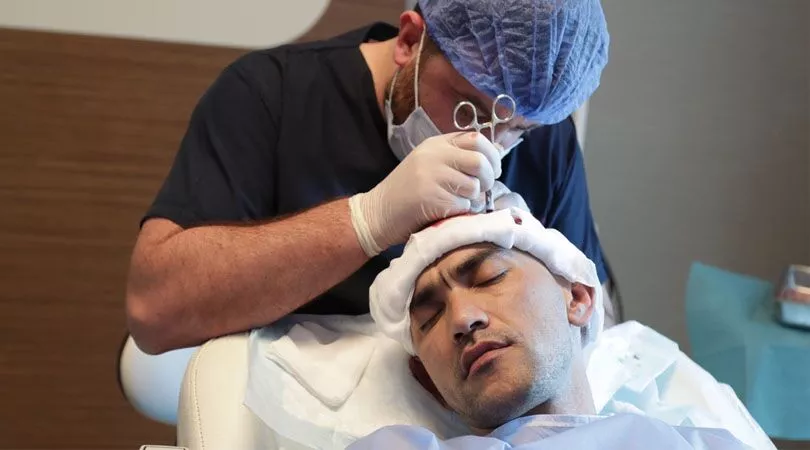
After undergoing a hair transplantation procedure, it is important to understand the recovery process and what to expect. The recovery period plays a crucial role in the success of the procedure and achieving the desired results. To help you through this phase, here are some frequently asked questions (FAQs) regarding the recovery process after a hair transplantation.
1. How long does the recovery process take?
The recovery process after a hair transplantation varies from person to person. Generally, it takes around two to three weeks for the transplanted hair to heal and settle in the scalp. However, it is important to note that complete recovery and the growth of new hair can take several months. Patience is key during this period as the hair follicles gradually start producing new strands.
2. What can I expect immediately after the procedure?
Immediately after the hair transplantation procedure, you may experience some discomfort, swelling, and redness in the treated area. This is a normal part of the healing process, and your doctor may prescribe pain medications or suggest cold compresses to alleviate any discomfort. It is essential to follow your surgeon’s post-operative instructions carefully to promote proper healing.
3. How should I take care of my transplanted hair during the recovery process?
Your surgeon will provide you with specific instructions on how to care for your transplanted hair during the recovery period. It is crucial to follow these instructions diligently to ensure the best possible outcome. Generally, proper care involves gentle washing of the scalp with mild shampoo, avoiding any excessive scratching or rubbing of the transplanted area, and protecting it from direct sun exposure. It is also advisable to avoid any strenuous activities or heavy lifting for the first few days to prevent any potential damage to the transplanted hair.
Conclusion:
The recovery process after a hair transplantation is a crucial phase in achieving successful and natural-looking results. While it may take time for the transplanted hair to fully grow and blend with your existing hair, following your surgeon’s guidelines and being patient throughout the process is essential. By taking proper care of your transplanted hair, you can ensure optimal healing and maximize the outcome of the procedure.
Are There Any Potential Risks Or Complications Associated With Hair Transplantation?
When considering any medical procedure, it is important to be aware of the potential risks and complications that may be associated with it. Hair transplantation is no exception. Although it is generally considered a safe and effective method for restoring hair, there are still a few possible risks that patients should be aware of.
1. Infection: As with any surgical procedure, there is a risk of infection following a hair transplantation. However, this risk is relatively low when performed by a skilled and experienced surgeon in a sterile environment. Patients are typically prescribed antibiotics to minimize the risk of infection.
2. Bleeding: Some bleeding may occur during and immediately after the procedure. However, this is usually minimal and easily controlled. In rare cases, excessive bleeding may require additional medical attention.
3. Scarring: While hair transplantation techniques have improved significantly over the years, it is important to note that some degree of scarring is inevitable. The surgeon will make small incisions in the scalp to transplant the hair follicles, and these tiny scars may be visible, especially if the patient opts for a short hairstyle.
4. Pain and discomfort: Most patients experience some degree of pain and discomfort following a hair transplantation procedure. This can range from mild soreness to more severe discomfort. The surgeon will prescribe pain medications to manage any discomfort during the recovery process.
5. Swelling: It is not uncommon for patients to experience swelling in the forehead and around the eyes after a hair transplantation. This usually subsides within a few days or weeks, but in some cases, it may persist for a longer period of time.
6. Itching and numbness: Patients may experience itching and numbness in the scalp following a hair transplantation. This is a normal part of the healing process and should resolve within a few weeks.
7. Prolonged healing: In some rare cases, the healing process may take longer than expected. Factors such as individual healing abilities, underlying health conditions, and adherence to post-operative care instructions can all affect the duration of the recovery process.
8. Poor aesthetic outcome: While hair transplantation can significantly improve the appearance of thinning or balding areas, there is always a possibility of a less than desirable aesthetic outcome. Factors such as the quality of the donor hair, the skill of the surgeon, and the natural hair loss progression can all influence the final result.
In conclusion, although hair transplantation is generally safe and effective, it is important for individuals considering the procedure to be aware of the potential risks and complications. It is advisable to consult with a qualified and experienced hair transplant surgeon who can provide detailed information and address any concerns or questions. By understanding the potential risks and complications, patients can make an informed decision about whether or not hair transplantation is the right choice for them.
The Benefits of Hair Transplantation
Why Hair Transplantation is Popular in Turkey
The Benefits of FUE Hair Transplantation
Tips for a Successful Hair Transplant Recovery
